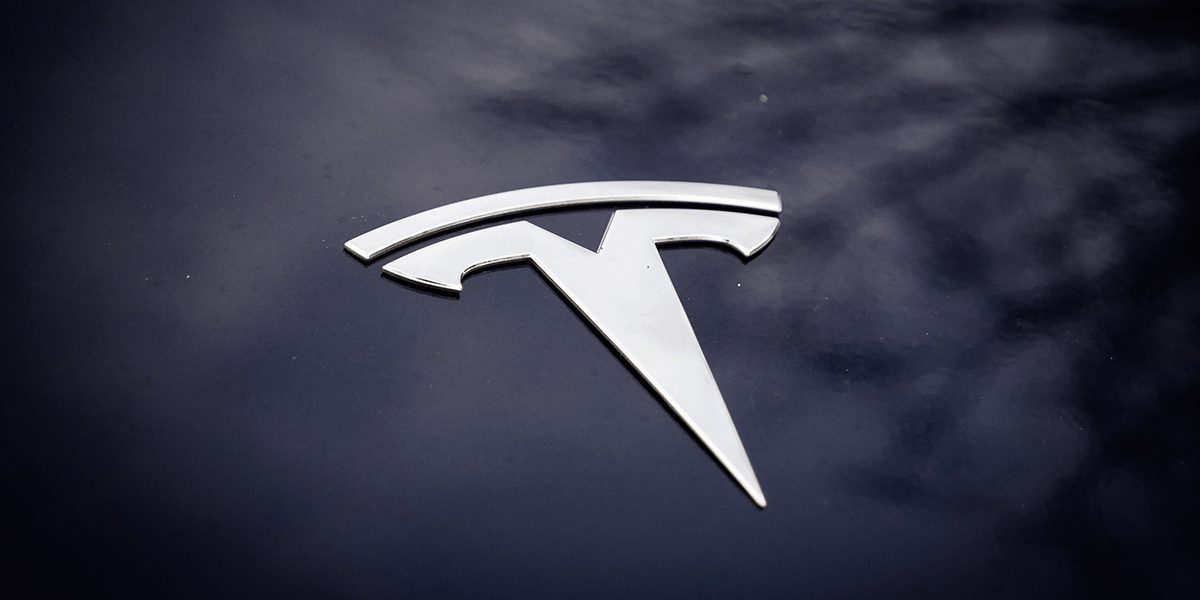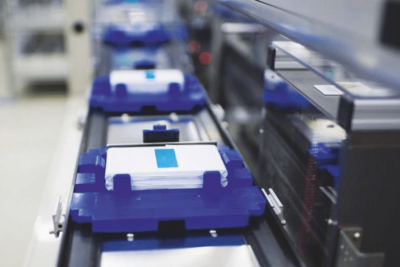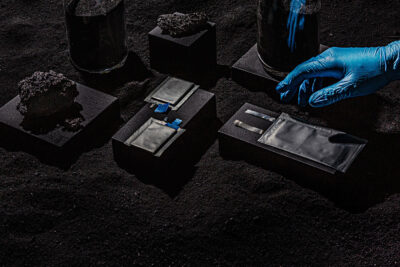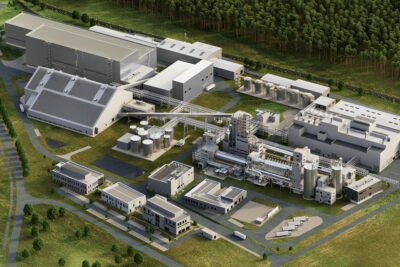Will Tesla use LMFP cells from CATL in the Model 3?
Tesla will reportedly equip the new Chinese-produced edition of its Model 3 with new battery cells from CATL using lithium manganese iron phosphate (LMFP) chemistry. The carmaker is also said to be interested in battery technology from another manufacturer.
The portal 36kr, which is usually well-informed about the Asian battery industry, cites several insiders saying that new cell technology from a different battery manufacturer would allow for a 66 kWh battery pack. The current LFP battery in the basic Model 3 and Model Y has an energy content of 60 kWh.
The revised Tesla Model 3, developed under the codename “Highland”, will launch in the third quarter of 2023. With the LMFP battery, the range, according to the Chinese CLTC cycle, should increase to up to 556 kilometres, according to 36kr.
If Tesla uses a new cell technology, it could use it for the Model 3 and the revised Model Y, scheduled for 2024. As early as August 2022, there were rumours that Tesla intended to use CATL’s improved LMFP cells in the current Model Y. The carmaker denied this at the time.
The addition of manganese to the LFP cathode allows for higher energy densities. On the other hand, the cost is expected to stay roughly the same. Thus, an LMFP cell could offer a higher energy density than an LFP cell but would remain far below NCM or NCA cell chemistries in terms of cost. At the World EV & ES Battery Conference 2022 in Yibin in Sichuan province, CATL announced that the M3P battery (which is an internal CATL abbreviation and has nothing to do with the Tesla abbreviation for the Model 3 Performance) is already in mass production and will be used in production vehicles from 2023. According to 36kr, this battery will be an LMFP battery, even though CATL has not yet confirmed this directly.
Tesla makes numerous changes to its vehicles during a product cycle, but the size of the battery housing has never been touched. It is a central component of an electric car, and a change here would be costly due to its effects on all other parts. Therefore: if Tesla wants to increase the energy content of its basic models, a change in the cell chemistry seems the obvious choice.
The report does not provide any further details on the properties of the LMFP cells. Thus, for example, the charging behaviour is unknown – a point on which Tesla recently caused a stir with a vehicle with an LFP battery. Though the latter did not come from CATL but from BYD. The basic Model Y from Giga Berlin has been delivered with Blade batteries from BYD for a few weeks. But BYD’s EVs have yet to attract attention for their superior charging performance – so far, it is the opposite. However, the Model Y with BYD battery offers high charging performance and correspondingly short charging times, even at high charge levels.
But there is also news at the other end of the scale – Tesla’s extremely fast-charging top models. USA Today reports that Tesla is interested in the fast-charging silicon-dominated battery cells made by Israeli developer StoreDot. The US carmaker is evaluating the technology, but there is no formal partnership yet. StoreDot declared in January that its battery cells were already being tested under real conditions by 15 car brands from Europe, Asia and the USA.
36kr.com (auf Chinesisch) via cnevpost.com





0 Comments